3D printing isn’t the preserve of sci-fi. Building reports on a technology that offers speed, predictability, efficiency - and more power to architects
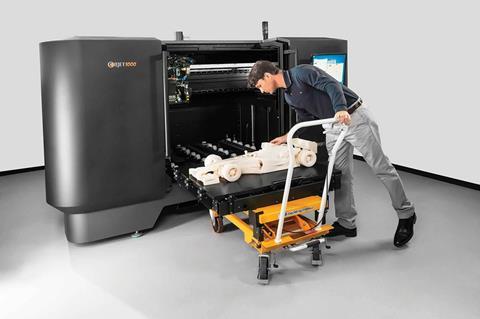
Fans of Star Trek and its much-loved “protein resequencer replicator” (food synthesiser, to the uninitiated) will be well aware that the concept of 3D printing has been a familiar mainstay of sci-fi mythology for decades. But increasingly, this futuristic technology is making significant inroads into the real world and, more specifically, in the construction industry.
3D printing, which can also be referred to as rapid prototyping or digital fabrication, is essentially the process of making a three-dimensional solid object of practically any shape from a digital or virtual model.
Nick Grace, business development manager of the Royal College of Arts’ RapidformRCA unit and former Arup engineer, summarises the technology as “the manufacture of the physical from the digital” or, more phlegmatically, “making stuff with computers.” Additive layer manufacturing where three-dimensional slices are digitally reproduced, then successively added together to form the finished whole, is one of its most common production processes.
While this technology has been in use for some time, particularly in the car industry and product manufacturing sector, it has enjoyed only a peripheral presence in the construction industry and its adoption thus far has been far more experimental than endemic.
Smaller-scale applications include components produced by digitally controlled equipment like computer numerical control (CNC) machines and laser cutters. The next level above this might be the automatic fabrication of HVAC (heating, ventilation and air conditioning) or cladding equipment. And at the larger end of the scale some pre-cast concrete elements have been robotically modelled and produced on certain civil engineering and infrastructure projects. As has the digital GPS mapping and then construction of ground-level contours.
However, at present none of these digital fabrication systems has been adopted on the kind of scale that would even begin to suggest mainstream construction industry acceptance. But according to Autodesk senior industry program manager for construction Dominic Thasarathar, due to accelerating recent interest and developments in and around the technology, all that is about to change.

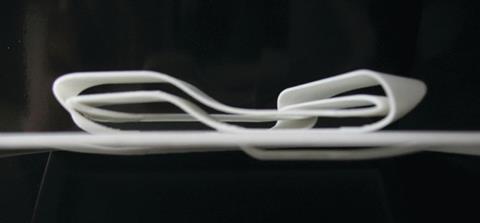
“It’s a very interesting time for the world of 3D printing. BIM and the Cloud have already taken the construction industry by storm and prove that trends within the profession are inevitably accelerating towards digital realisation. It’s partially cost driven; digital realisation can deliver the predictability and speed that is particularly attractive in the current difficult global economic climate. But crucially, digital fabrication and automation can also reduce the amount of steps required to take something from a virtual model to a finished product.”
Accordingly, Autodesk has shown its commitment to the growing digital fabrication sector by recently partnering with desktop 3D printing company MakerBot to bring a new range of 3D printing software and hardware to the construction market. Its enthusiasm for the technology is matched by that of Grace, who goes even further with his predictions. “Architecture will eventually be completely transformed by digital making, but will take its lead from the manufacturing sector - automatic assembly of factory-built parts, including some 3D prints but moulding, casting, machining, etc will become the de-facto method of making parts big enough for construction.”
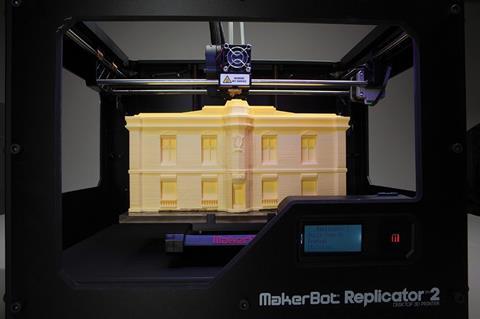
Grace’s position is certainly a compelling one. He argues that architects will embrace digital fabrication in the same way they have now wholeheartedly embraced 3D visualisations and CGIs. Moreover, there is a strong, practical resonance to Grace’s assertion that ideally, nobody would want to put “fragile, expensive construction machinery onto an unlevel building site” when it could be designed initially through a BIM CAD package, manufactured by a “small number of highly skilled workers in a factory” before being transported to site and easily and quickly assembled.
Both Grace and Thasarathar envisage multiple benefits to such a scenario. Off-site construction, quality control and site safety are the obvious established advantages associated with prefabrication but the addition of rapid prototyping introduces a whole new raft of possibilities. “It’s the best of both worlds,” explains Grace enthusiastically. “You have the consistency of putting buildings together without losing the flexibility of a custom design. You could say digital fabrication gives you a customised product from a standardised process.”
Grace also envisages that the technology will make building maintenance “much easier” by enabling individual cladding or services components to be easily and cheaply manufactured and replaced. He also speaks of it being easier to construct portable buildings, or building components made from recycled, organic or even waste materials. The issue of materials is crucial to Grace’s predictions. According to him “costs of resources and energy will force us to rethink the way we use materials, and the digital fabrication revolution will give us the opportunity to completely change the way we source them”.
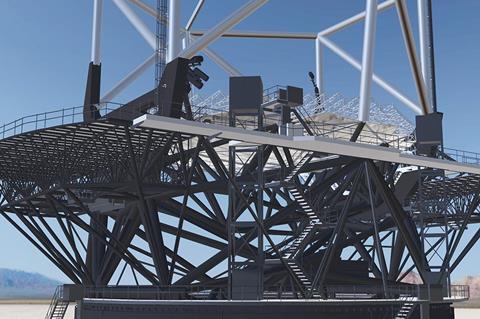
Thasarathar too predicts that the growth of rapid prototyping will have a big impact on the construction industry. “Architects have been schooled in the paradigm that complexity is expensive but rapid prototyping rationalises the manufacturing process, which frees architects to place more emphasis on the design elements.” He also envisages that as with BIM, it could lead to the “democratisation of the construction process by placing manufacturing capabilities within the reach of a much broader range of people”.
Architect, industry strategist and Autodesk vice-president Phil Bernstein has claimed in the past that it was easy to spot AutoCAD-designed buildings when the software was first released in the eighties. Will it be the same with rapid prototyping? Could this new digitised manufacturing process change the way buildings actually look?
“Certainly,” suggests Thasarathar, “if you combine it with Cloud technology, then it provides infinite computing capabilities which could take the designer from a cost-optimised standard shape to a cost-optimised complex one. This places more options at architects’ disposal which they are uniquely placed to optimise.”
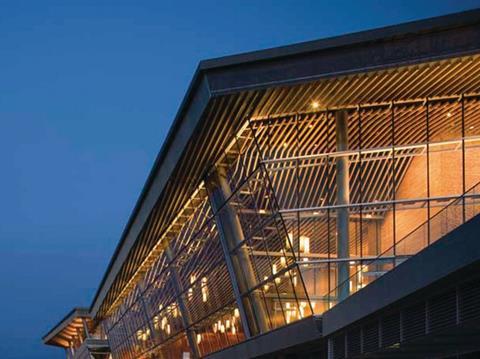
The principle of digital fabrication working in conjunction with other technologies is a key facet of Thasarathar’s arguments. Neither does he predict that 3D printing will have an impact on new-build construction alone. “If you combine it with new high-definition reality capture technology, then rapid prototyping can also be used to create replacement features in refurbishment projects and heritage buildings.”
One final fascinating potential consequence of digital fabrication that Thasarathar envisages concerns the issue of ownership and copyright. “Look at what’s happened to the music industry in the past decade. It’s now downloaded as a digital commodity, which has completely changed how it’s licensed and protected. Might digital fabrication mean that the construction industry will have to go through the same process?”
We may be still be a long way away from architecture as a universally printed form but according to Thasarathar, Grace and an expanding army of converts in the industry, the technology is only set to grow. But Grace sounds two parting words of caution: CAD and costs.
“The potential is obvious but CAD systems first need to become more 3D print-savvy before real progress can be made. Also, as with all new technologies, it will be expensive at first and there will be unexpected problems and delays. But these will eventually be ironed out and the true benefits of digital fabrication will become clear.”
3D-Printing Case Study - Leadenhall Tower Steelwork

One of the biggest examples of digital fabrication can be found in Leadenhall Tower (above) in the City of London. Scheduled for completion next year, Rogers Stirk Harbour + Partners’ 225m, 48-storey office block is being built by Laing O’Rourke for British Land. All of its structural steelwork has been produced by digital fabrication and RSHP associate Dirk Krolikowski explains why.
“The steelwork on the building presented us with incredibly complex problems to solve,” he explains. “There is no separation between structure and architecture; the steelwork is the architecture. [So] there had to be no degree of ambiguity - we needed an integrated workflow that provided more predictability and certainty.”
Krolikowski suggests that steelwork is a natural material for digital fabrication as its production already incorporates the detailing and precision normally required for rapid prototyping. He also lists a series of “huge downstream advantages” that adoption of the process created. “We were able to produce comprehensive data that enabled us to solve problems earlier and cut risk, something that helped hugely when we were supplying information for tender. We were able to sign off as 3D prototypes rather than 2D drawings. There were also obvious benefits for cost and programme in manufacturing and assembling components off-site.”
Krolikowski also refers to the environmental benefits of the digital fabrication process during which he maintains digital modelling “cut waste and increased efficiency” in a manner he compares to Toyota custom fabrication. And he believes rapid prototyping may even have a pay-off for an architectural profession whose influence within the design process is seen by many as being gradually eroded. “It puts the architect in charge of design data, which increases their involvement in the supply chain, working more closely with contractors from the start of a project. If we handle it right, this new technology can help the architect to regain control over the design process and become a kind of digital master builder.”




























No comments yet